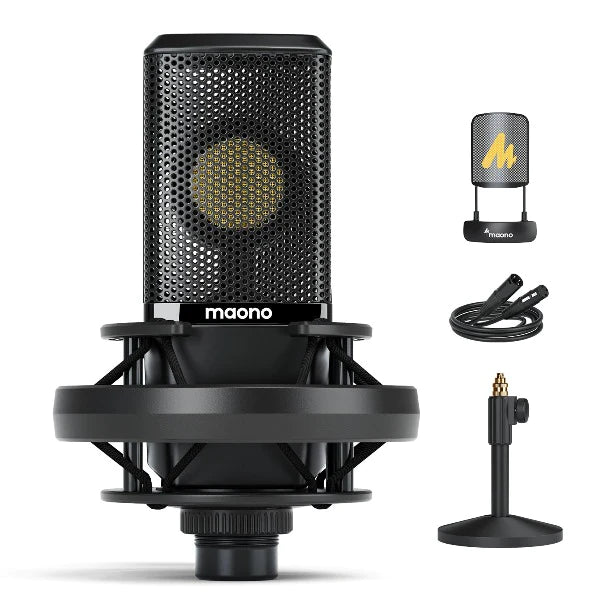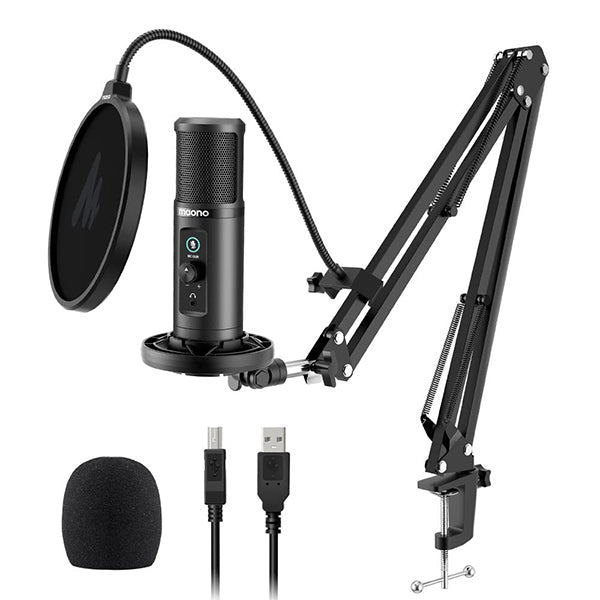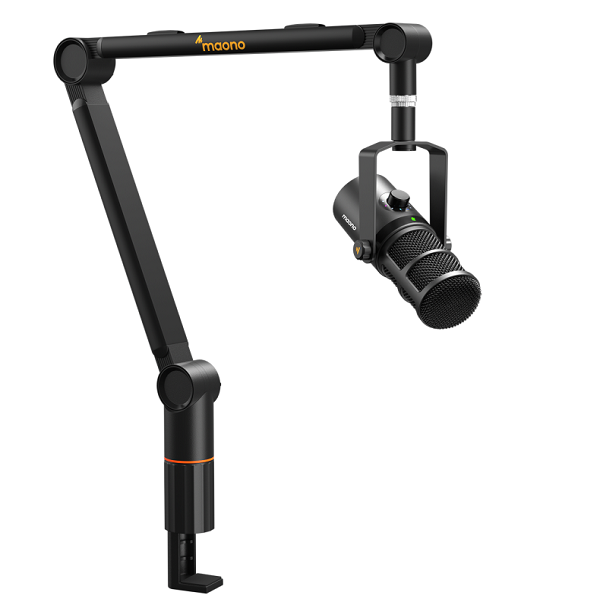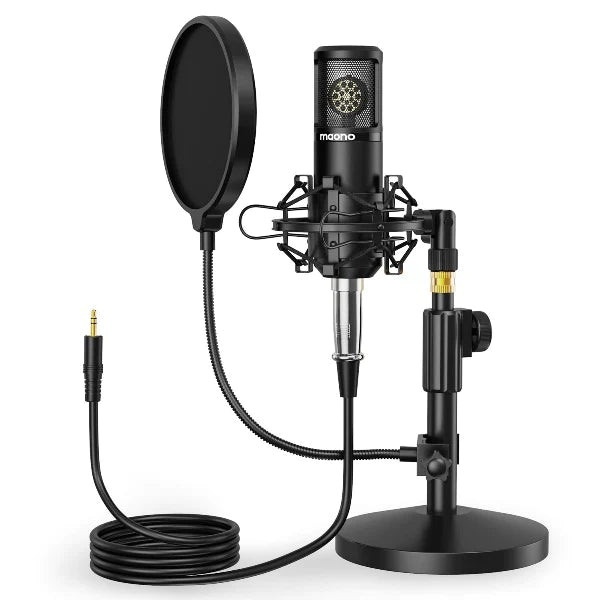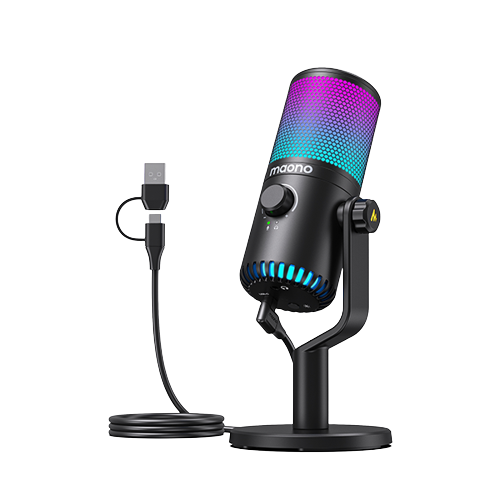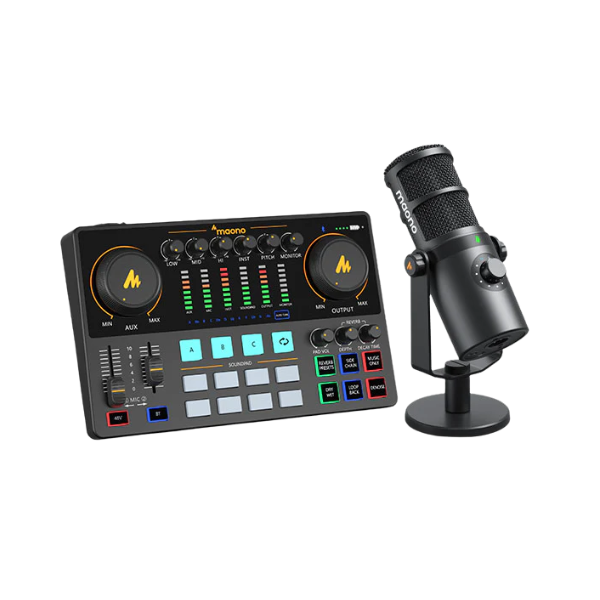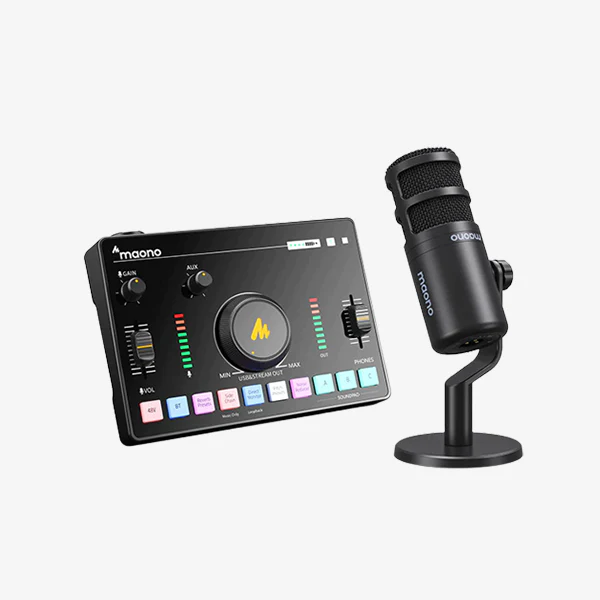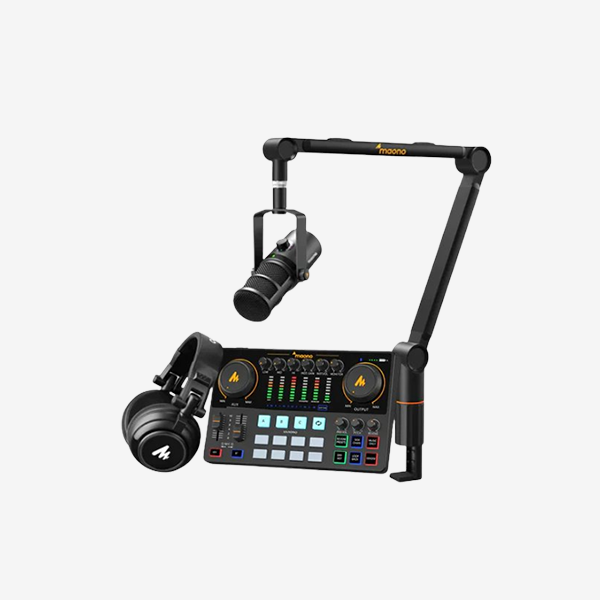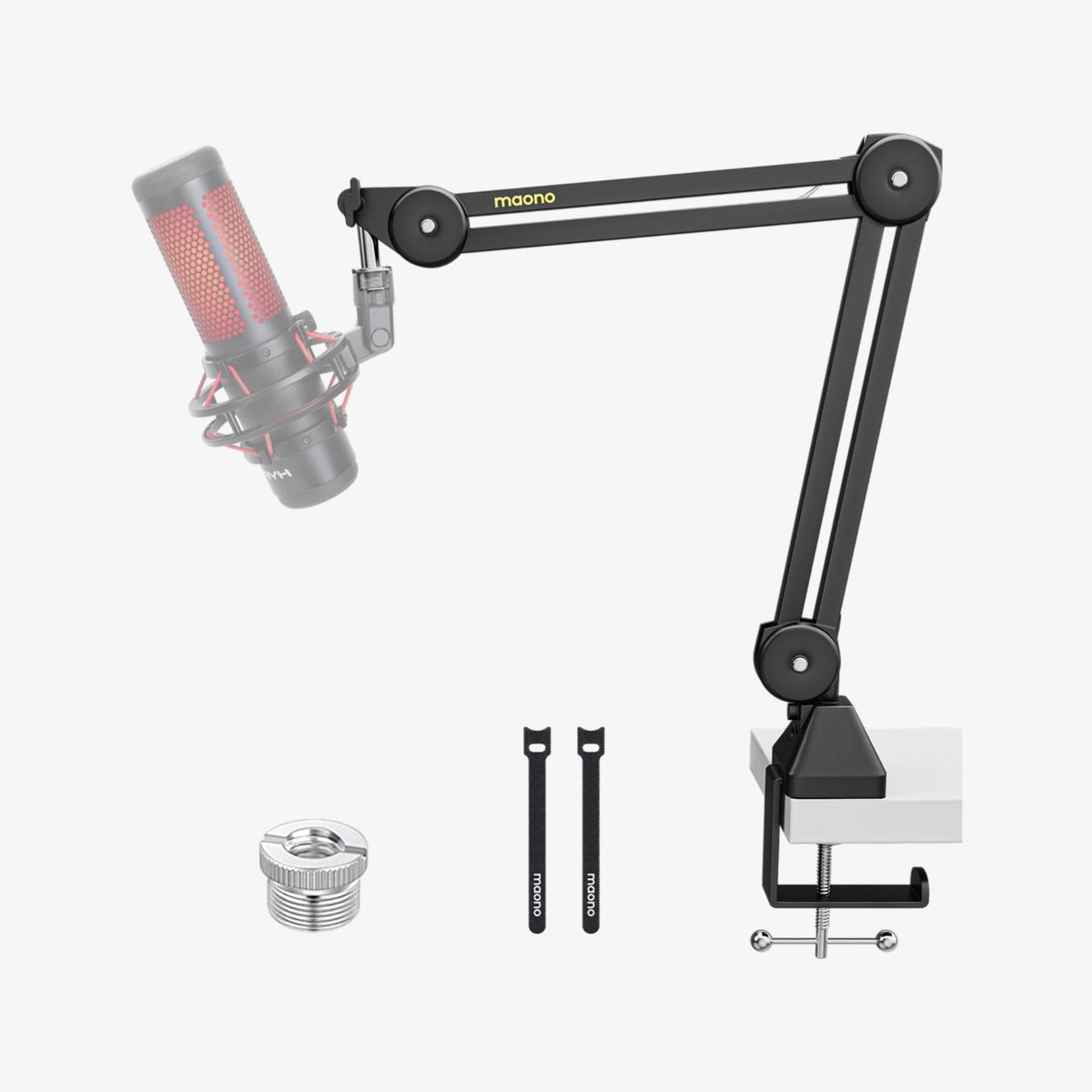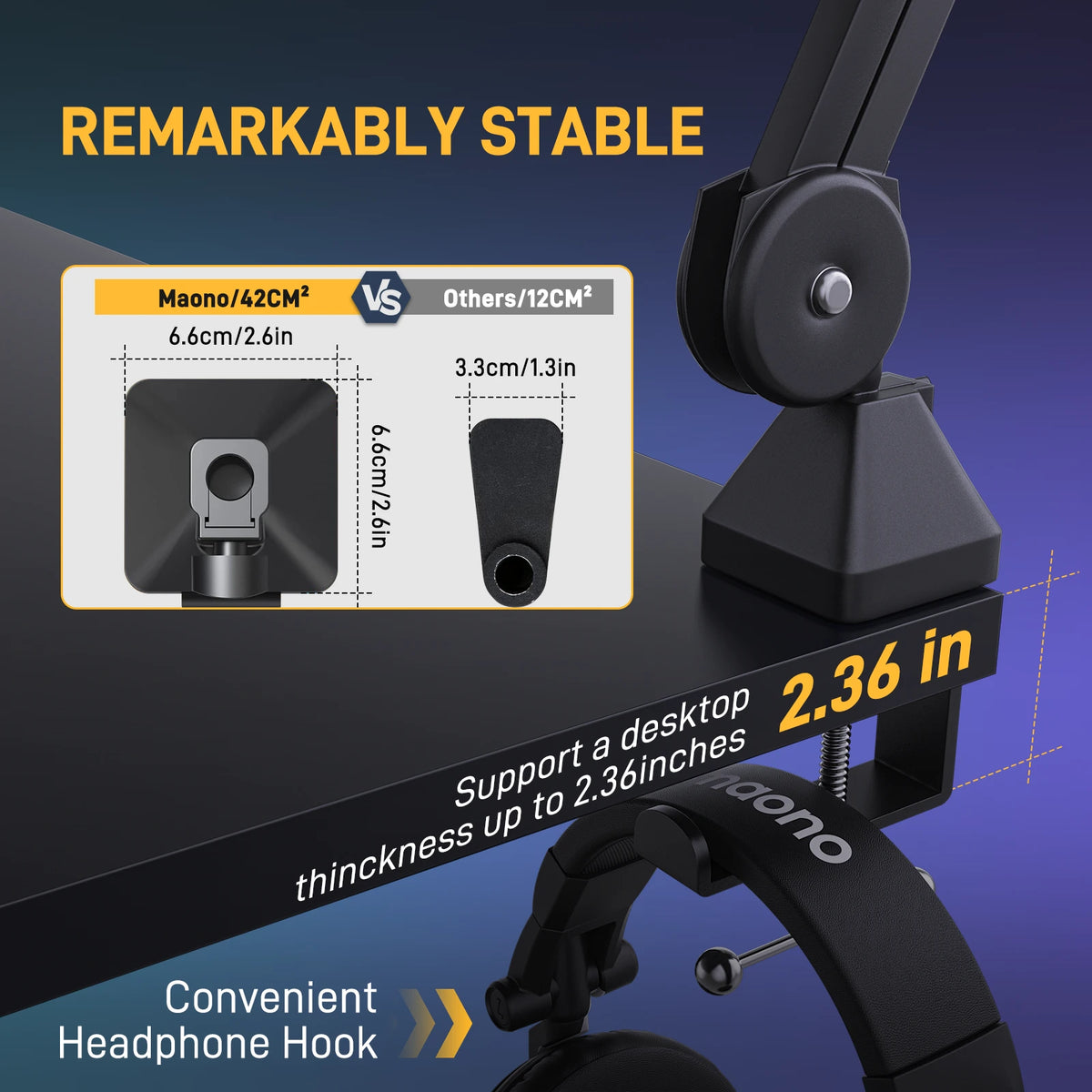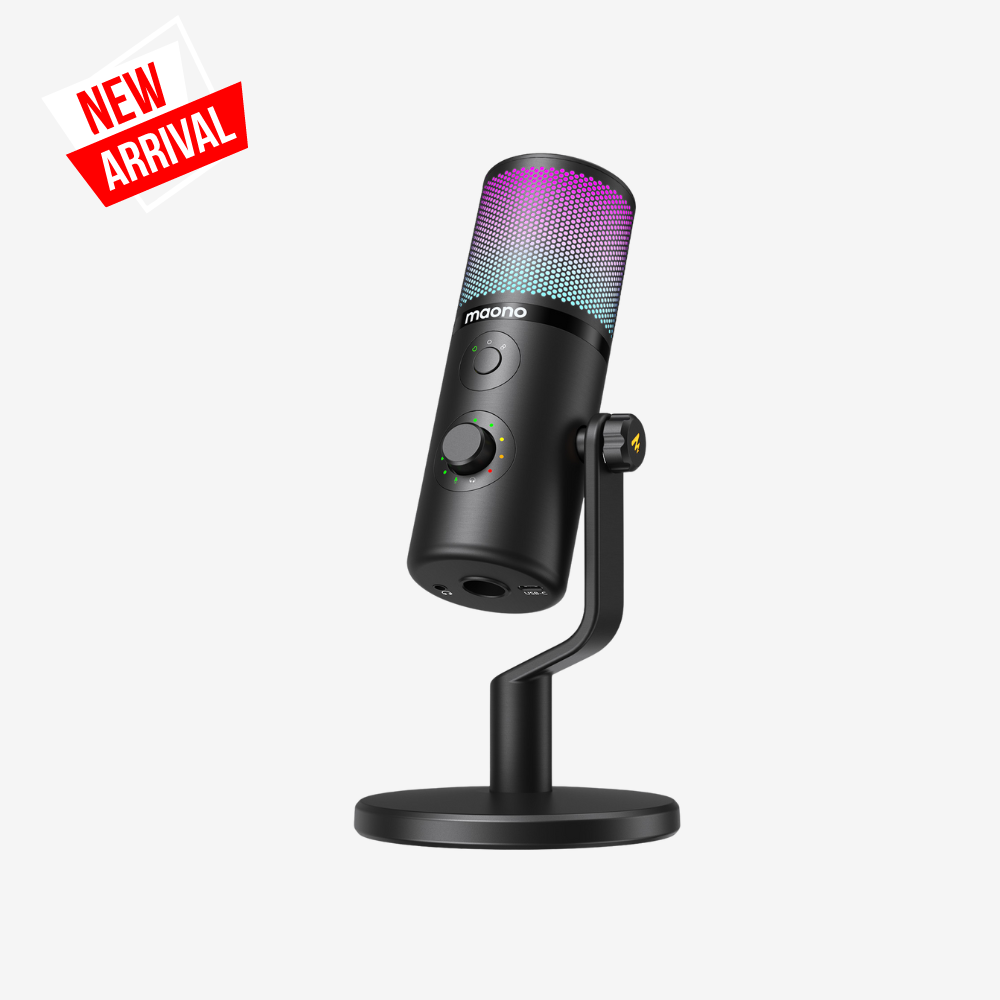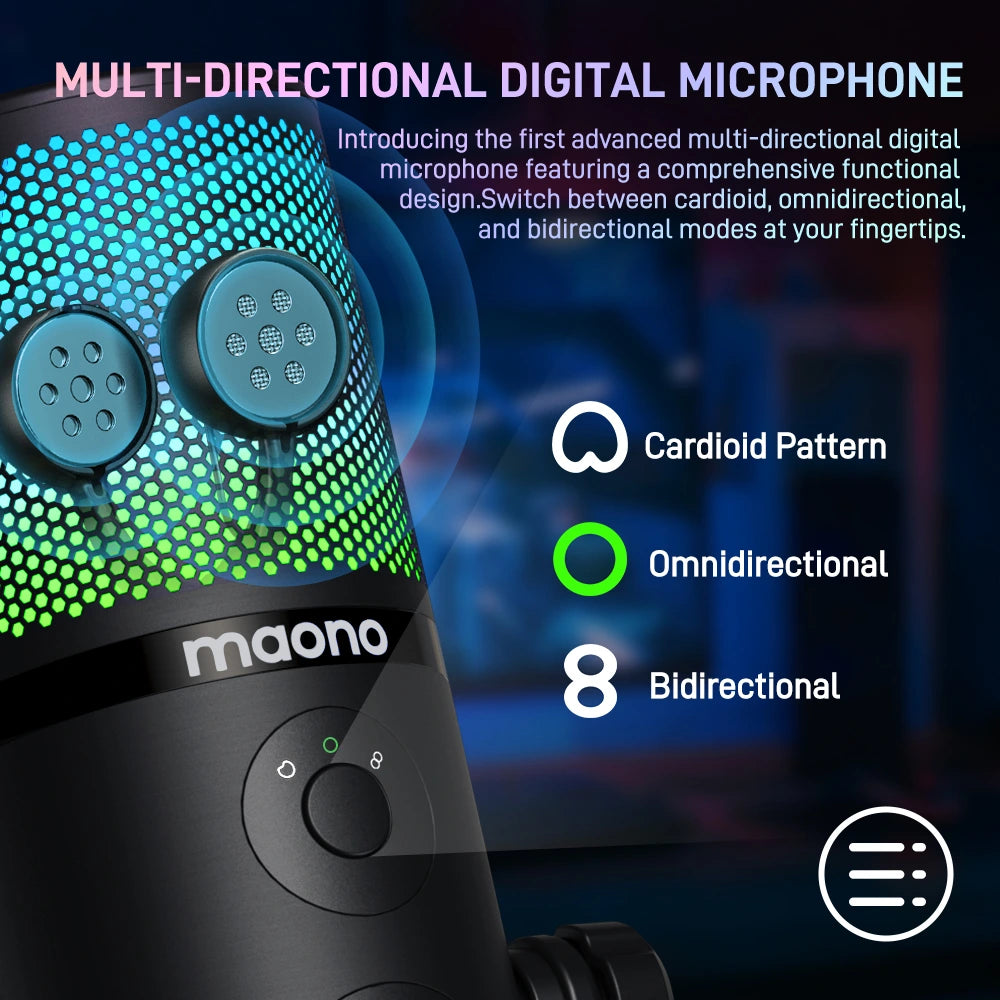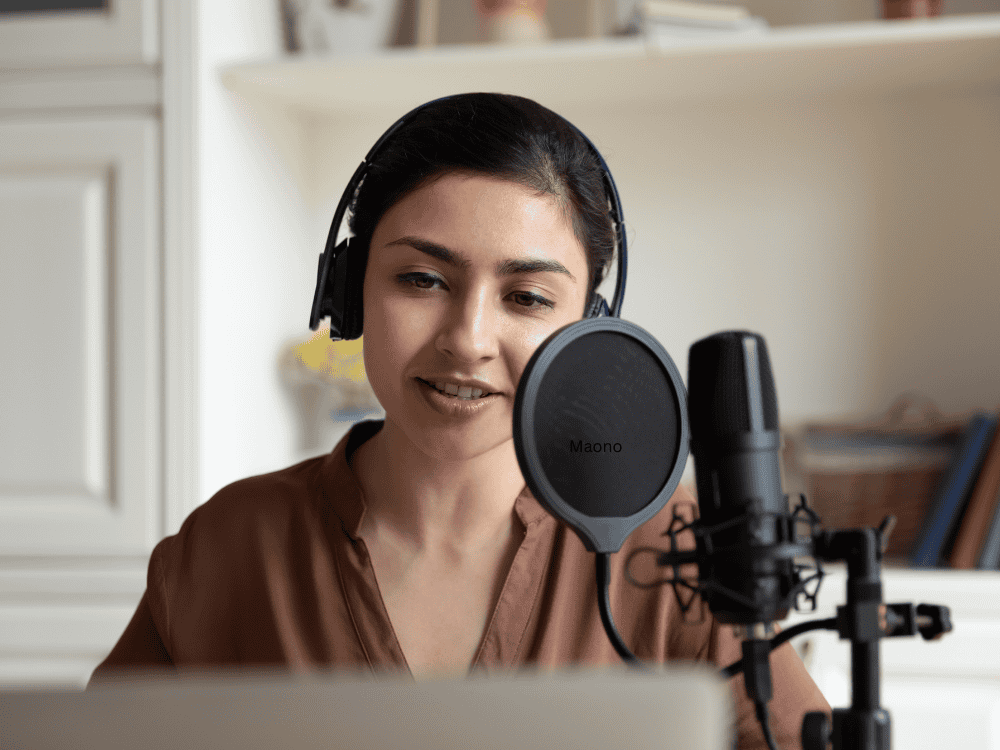A noise gate is an audio processing tool designed to control unwanted noise by automatically muting or reducing sound levels when the audio signal falls below a certain threshold. It functions like a gate that opens when the desired audio signal (such as a voice or instrument) exceeds the set volume threshold and closes when the signal drops below that level, thereby preventing background noise from being captured. On the other hand, a microphone noise reducer incorporates a highly integrated DSP/SOC (on-chip integrated system) speech processor to apply advanced speech environment noise suppression technology. This module further enhances audio clarity by reducing background noise and ensuring that the primary audio signal remains clear and focused.
In this article, we'll explore how a microphone noise reducer works and how it, along with a noise gate, can significantly improve your audio quality.
What is a Microphone Noise Reducer and How Does it Work?
A microphone noise reducer is a tool or module that uses advanced signal processing technology to minimize unwanted background noise during recording or live sound. It works by filtering out low-level noise, like hums or static, while allowing the primary audio (such as speech or music) to pass through clearly, improving overall audio quality.
Explanation of Noise Suppression Technology
Microphone noise suppression primarily utilizes two methods: Active Noise Cancellation (ANC) and software solutions.
1. Active Noise Cancellation (ANC): ANC works by using microphones to pick up ambient noise, then generating sound waves that are the exact opposite (phase-inverted) to cancel out the unwanted sound. This is particularly effective in environments with consistent background noise, such as air conditioning or traffic.
2. Software Solutions: Many audio editing and streaming applications incorporate noise suppression algorithms. These software solutions analyze incoming audio signals and reduce background noise levels without affecting the primary sound source, allowing for clearer recordings and broadcasts.
How A Noise Gate Works in Microphones
The key function of a noise gate is to allow sounds above a specific threshold to pass through while blocking anything below that level. Here's a step-by-step breakdown of how it operates:
1. Threshold Setting: The user sets a threshold level. When sound surpasses this threshold, the noise gate "opens" and allows the microphone to pick up audio.
2. Attack Time: This controls how quickly the gate opens once the sound exceeds the threshold. A fast attack time is ideal for speech or sharp sounds, while a slower attack time might suit other types of audio.
3. Hold Time: Once the sound drops below the threshold, the hold time keeps the gate open for a brief moment, ensuring that short pauses don’t cut off the audio too abruptly.
4. Release Time: After the hold time ends, the gate "closes," muting the background noise. The release time controls how quickly or slowly this closure happens.
Using dual microphone signal reception, the DSP speech processor can effectively identify dynamic ambient noise through advanced speech-clearing algorithms and filter out ambient noise in the normal speech output.
Microphone Noise Suppression
Noise Gates in Microphones and Noise Reduction Systems
In microphone systems, noise gates are frequently used in environments where ambient noise is a concern. By filtering out low-level background noise, such as room hum, computer fan noise, or distant chatter, noise gates improve the overall clarity of the primary audio source, like your voice or instrument.
This is particularly valuable in voice-over work, streaming, and podcasting, where professional sound quality is key. When paired with a microphone noise reduction module, the system becomes even more efficient at reducing unwanted sounds.
How Streamers or Podcasters Use Noise Suppression to Minimize Background Sounds
In real-world applications, streamers and podcasters utilize microphone noise suppression to create high-quality audio environments. Streamers often work in noisy spaces, so they rely on active noise cancellation to minimize background sounds, ensuring their voice is clear and distinct. Similarly, podcasters use software solutions to filter out unwanted noises like keyboard typing or room echoes, allowing for professional-sounding recordings that engage listeners without distractions. This enhances the overall listening experience and helps maintain audience focus on the content being delivered.
Linking Noise Gate to Noise Reduction Modules
A microphone noise reduction module uses various techniques, such as digital processing or acoustic design, to minimize background noise. When combined with a noise gate, the two systems work together to ensure high-quality audio capture. While the noise reduction module passively reduces constant noise (like background hum or echo), the noise gate actively prevents brief or intermittent unwanted sounds (like a keyboard click or distant noise) from entering the recording.
In summary, a noise gate enhances the effectiveness of a noise reduction module by providing an additional layer of control, ensuring that only the desired audio reaches the listener. The combination of these technologies is key for microphones used in professional and home studio environments.
Benefits of Noise Gate Technology for Voice Clarity
Noise gate technology and noise reduction modules are both crucial in improving audio quality, especially in professional recording environments. Here’s how they complement each other and the specific benefits of noise gate technology for voice clarity:
Complementary Roles
1. Noise Gate Technology:
- Function: A noise gate controls the audio signal by allowing sound to pass through only when it exceeds a certain threshold. When the sound level falls below this threshold, the gate closes, effectively muting the audio signal.
- Purpose: It’s designed to eliminate unwanted background noise and ambient sounds during quiet moments, such as pauses in speech or between phrases in recordings. This helps to keep the focus on the primary audio source, such as the speaker’s voice.
2. Noise Reduction Modules:
- Function: These modules generally work by analyzing the audio signal to identify and reduce unwanted noise, such as hum, hiss, or static. They often use algorithms that continuously monitor the audio to distinguish between the desired signal and noise.
- Purpose: They provide a more comprehensive noise management by filtering out consistent and broad-spectrum noise that a noise gate might miss.

Benefits for Voice Clarity
1. Enhanced Focus on Voice:
- Noise Gate: By cutting off audio below a set threshold, the noise gate eliminates background noise during quieter sections. This is particularly beneficial in environments where there are consistent but unwanted noises, such as air conditioning or traffic.
- Result: The primary audio, such as a speaker’s voice, becomes clearer and more prominent, improving the overall focus of the recording.
2. Reduced Audio Artifacts:
- Noise Gate: Properly set noise gates prevent the introduction of sudden noise artifacts or pops during silent moments, which can be distracting in professional recordings.
- Result: Smooth and uninterrupted voice recordings, with fewer interruptions from background noise.
3. Improved Overall Sound Quality:
- Noise Gate: By suppressing background noise only when necessary, the noise gate preserves the integrity of the audio signal when it’s active, maintaining natural voice characteristics.
- Noise Reduction Modules: They complement this by reducing the level of consistent background noise across the entire recording, ensuring that the final audio is clean and professional.
- Result: A more polished and professional sound that enhances the clarity of the voice.
4. Increased Control and Flexibility:
- Noise Gate: Provides control over which parts of the audio are muted, allowing for adjustments based on the specific noise profile of the recording environment.
- Noise Reduction Modules: Offer broader noise reduction, which works well alongside the noise gate for comprehensive noise management.
- Result: Greater flexibility in managing different types of noise and achieving optimal audio clarity.
Integrating noise gate technology with noise reduction modules allows modern microphones achieve superior voice clarity, making them ideal for professional recording environments where precision and quality are paramount.
Microphones with Built-in Noise Gates or Noise Reduction
Here are some microphones with built-in noise gates or noise reduction capabilities:
1. Maono PM422

- Noise Reduction Features: This condenser microphone includes a built-in noise reduction feature that helps to minimize background noise and ensure clear audio capture. It’s designed for versatile use, including voice recording and streaming.
- Key Features: Cardioid polar pattern, USB connectivity, adjustable gain control, and a built-in pop filter.
2. Maono A04

- Noise Reduction Features: Cardioid Polar Pattern: This pattern helps to focus on sound directly in front of the microphone while minimizing background noise from the sides and rear. It reduces the pickup of unwanted ambient sounds.
- Built-in Pop Filter: The included pop filter helps to reduce plosive sounds (like "p" and "b" sounds) that can cause distortion or unwanted noise in recordings.
- Shock Mount: The shock mount included with the AU-A04 helps to minimize vibrations and handling noise, providing a cleaner audio signal by isolating the microphone from physical disturbances.
3. Rode NT1-A
- Noise Reduction Features: The NT1-A is renowned for its low self-noise, which contributes to effective noise reduction. It doesn’t have a traditional noise gate but offers a high-quality, noise-free recording experience.
- Key Features: Cardioid polar pattern, XLR connectivity, large diaphragm condenser, and a shock mount.
4. Audio-Technica AT2020
- Noise Reduction Features: While it doesn’t have a built-in noise gate, its cardioid pattern helps to reduce background noise and focus on the sound directly in front of the mic.
- Key Features: Cardioid polar pattern, XLR connectivity, and a wide frequency response range.
5. Shure MV7
- Noise Reduction Features: This dynamic microphone features built-in DSP (Digital Signal Processing) that includes noise reduction algorithms to enhance vocal clarity and reduce background noise.
- Key Features: Cardioid and omni polar patterns, USB and XLR connectivity, adjustable touch panel controls.
6. Blue Yeti X
- Noise Reduction Features: The Yeti X features a cardioid pattern that helps to minimize background noise. It doesn’t have a dedicated noise gate but offers effective noise reduction through its design.
- Key Features: Cardioid, omni, and bidirectional patterns, USB connectivity, and advanced Blue VO!CE software for further audio processing.
These microphones, including the Maono PM422 and A04, offer features that help to manage and reduce unwanted noise, enhancing the clarity of recordings and improving overall audio quality.
FAQs about Microphone Noise Suppression
What is the best microphone with built-in noise suppression?
The Maono AU-A04 is one of the best microphones with built-in noise suppression, offering excellent sound quality and effective noise reduction for clear vocal recordings.
How does a noise gate differ from other noise reduction methods?
A noise gate reduces sounds below a certain threshold, effectively silencing unwanted noise when the desired audio is not present. Unlike broad-spectrum noise reduction methods, which continuously analyze and filter noise, a noise gate only activates when the audio level drops.
Can noise suppression improve live streaming quality?
Yes, noise suppression can significantly enhance live streaming quality by minimizing background sounds, ensuring that the main audio, such as voice or music, remains clear and prominent, leading to a better viewer experience.
Why Using a Noise Gate Can Improve Microphone Sound Quality
A noise gate improves microphone sound quality by automatically muting or reducing audio when the signal falls below a certain threshold. This helps eliminate unwanted background noise during quiet periods, ensuring only the desired audio, such as speech or instruments, is captured, resulting in a cleaner, clearer sound.
How to Choose the Best Microphone Noise Reducer for Your Needs
When choosing the best microphone noise reducer, consider factors such as the type of noise you want to eliminate (e.g., hum, static, or ambient noise), the quality of the signal processor, compatibility with your microphone setup, and whether you need additional features like real-time noise suppression or adjustable settings. Look for a model that fits your environment and audio requirements.
Final Thoughts
In conclusion, a microphone noise reducer with a noise gate is essential for achieving high-quality audio in professional settings. The noise gate works by filtering out background noise during quieter moments, while the noise reduction module further enhances clarity by applying advanced algorithms to eliminate consistent ambient noise. Combining these technologies in modern microphones, such as those with integrated microphone noise reducers, ensures optimal audio performance, making them ideal for voice-over work, streaming, and podcasting.
Also read related article:
Top Microphones for Streaming: Noise Reduction & Budget Picks












